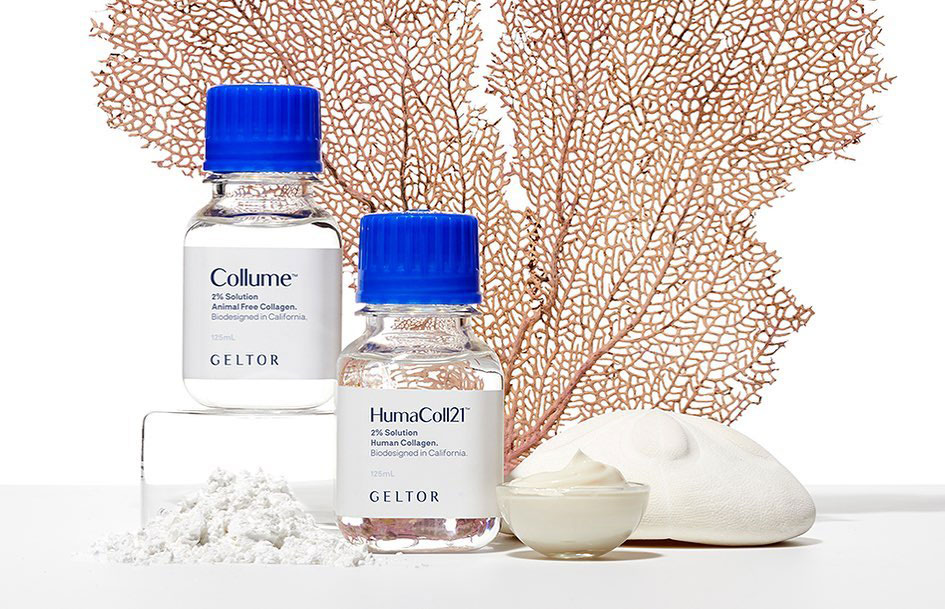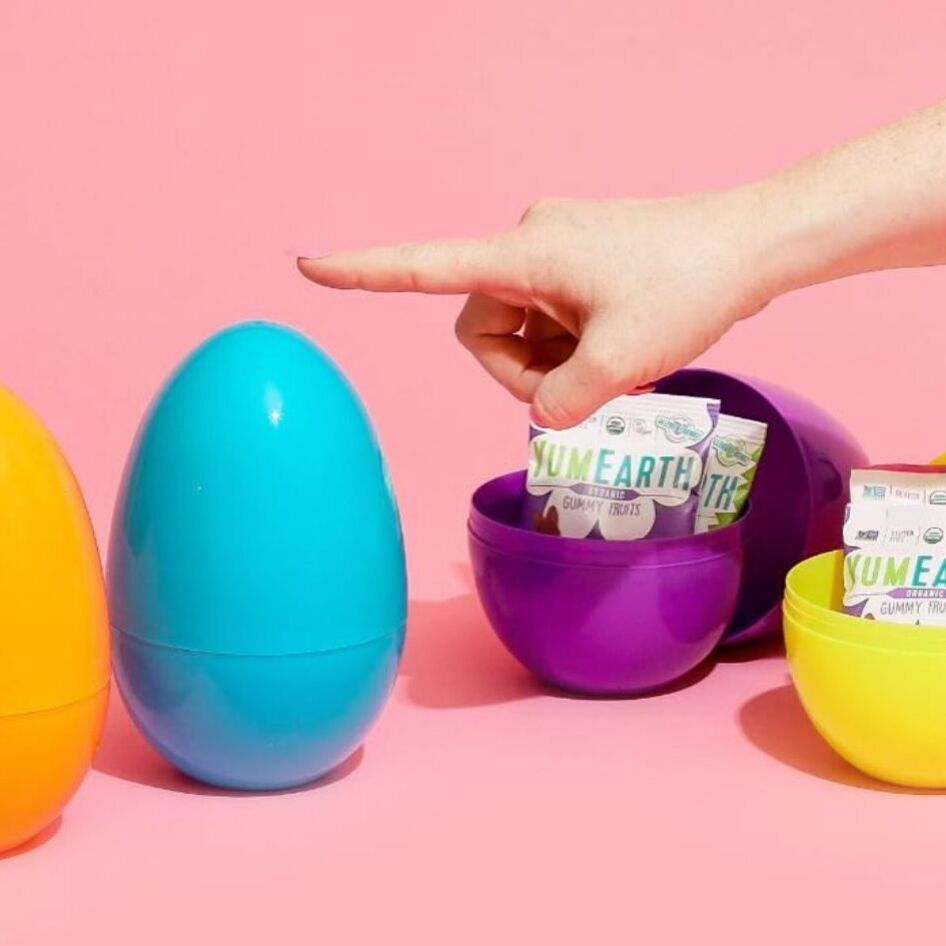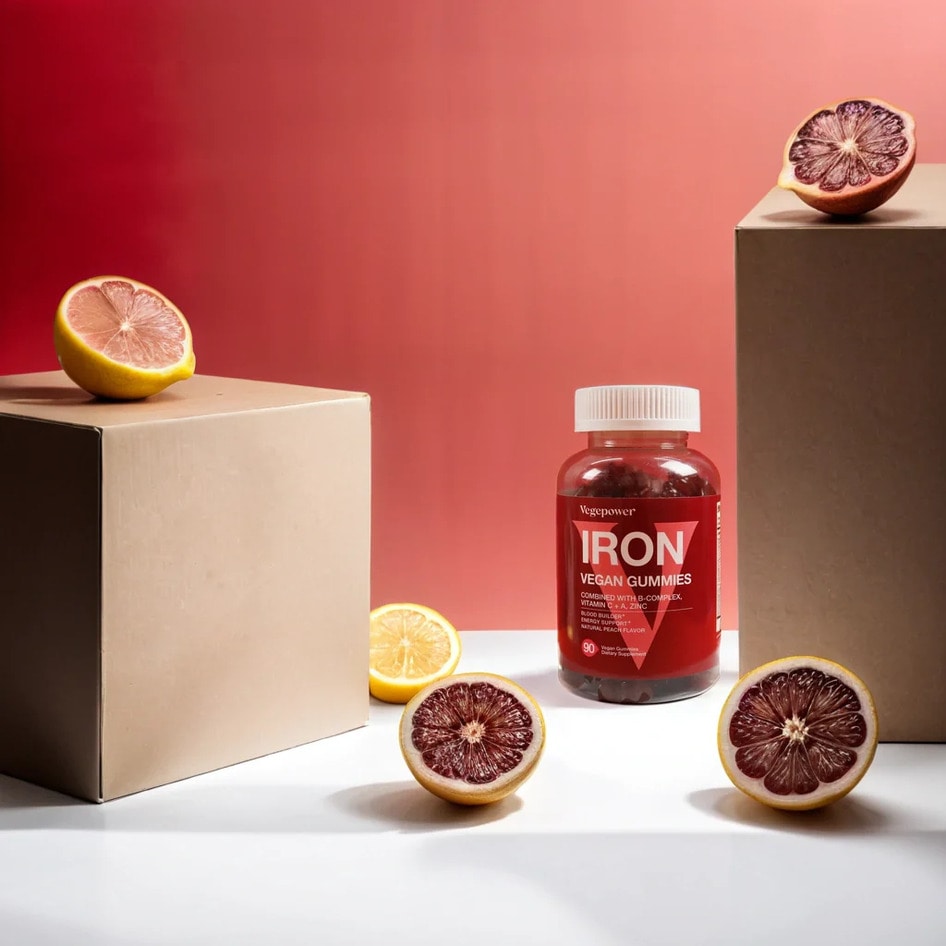Found in everything from chewy candies and marshmallows to pharmaceutical capsules and even biodegradable packaging, gelatin is a multi-functional protein derived from animal collagen. But for those seeking more sustainable options that don’t come from animal products, finding a viable substitute that replicates gelatin’s gelling power, clarity, and elasticity has remained one of food science’s more stubborn challenges.
Now, researchers at the University of Ottawa believe they may be getting closer.
Plant-based gelatin
In a study published in Physics of Fluids by AIP Publishing, the research team explored the use of gum tragacanth, a plant-derived polysaccharide, as a potential substitute for gelatin in edible films. Though far from the first attempt at creating vegan gelatin, this latest study takes a more precise approach: replicating gelatin’s behavior at the microstructural level.
 Canva
Canva
“Gelatin has unique properties and its use is versatile,” said Ezgi Pulatsu, co-author of the study. “To fully replace gelatin, we must replicate its microstructure and understand its function in different applications.”
Gum tragacanth is harvested from the sap of specific legumes and is already used in some food and pharmaceutical applications. Pulatsu and her colleagues experimented with films constructed from mixtures of gelatin and gum tragacanth in varying concentrations. Some films were made by layering the two, while others involved a more integrated blend. These prototypes were then tested for durability in water and saline solutions.
The team found that using three parts gum tragacanth to one part gelatin created a mixture that held on to many of gelatin’s best-known traits, like that signature bouncy texture found in your favorite gummy candy.
 Dmitry Dreyer | Unsplash
Dmitry Dreyer | Unsplash
But while the plant-based gum helped mimic that feel, it also made the films more porous—meaning they were easier for moisture to seep into and break down. That’s a drawback when it comes to long-lasting candies or protective capsules, but researchers see the work as a meaningful stride forward in reducing how much animal-based gelatin is used across food and medicine.
“Partial replacement of gelatin will reduce animal-based product use,” Pulatsu said. “Our efforts in the full replacement of gelatin are ongoing.”
The gelatin alternatives market
Plant-based alternatives to gelatin have long existed, though none have been able to fully mimic its complex functionality. Agar-agar, made from red algae, is a popular vegan substitute and sets more firmly than gelatin, though it lacks the same elasticity. Carrageenan, another seaweed extract, has been used in dairy alternatives and desserts but can create a different texture that doesn’t always translate well to candy or capsules. Pectin, extracted from fruit peels, is a staple in jams and jellies but requires specific conditions to gel properly.
Geltor, a San Francisco-based biotechnology firm, has developed a proprietary protein production platform that utilizes bacteria and yeast to produce gelatin through precision fermentation. This process involves inserting the genetic blueprint for collagen into microbes, which then ferment to produce a protein identical to animal-derived gelatin. Geltor’s ‘biodesigned’ vegan collagen is being tailored for applications in the food, nutrition, hair care, and skin care markets.
 Geltor
Geltor
But Geltor isn’t the only company working on a gelatin alternative. Agricultural giant Cargill has introduced Lygomme PM 600, an ingredient solution combining pectin and pea protein designed to fully replace gelatin in products like vegan jellies and marshmallows. This innovation addresses the textural challenges associated with creating plant-based confectionery that mimics the mouthfeel of traditional gelatin-based treats.
Other companies including Alland & Robert, VeCollal, and Evonik have also developed vegan gelatin and collagen replacements that mimic the key properties in gelatin but with a smaller environmental footprint.
According to Grand View Research, the global gelatin market reached $6.51 billion in 2023 and is expected to more than double to $13.14 billion by 2030. That growth is largely driven by demand in functional foods and pharmaceutical applications, both of which increasingly intersect with consumer preferences for cleaner, plant-based formulations.

BECOME A VEGNEWS VIP: Get exclusive product deals, freebies, and perks galore!
The implications of this work stretch beyond food. As the market for plastic-free packaging grows, edible films are gaining attention as sustainable alternatives. Here too, gelatin has played a starring role. A viable vegan gelatin could unlock new frontiers in biodegradable packaging, pharmaceutical coatings, and beyond.
Still, technical hurdles remain. Gum tragacanth has promise, but its structural limitations must be overcome for it to become a one-to-one gelatin replacement. Pulatsu said the next phase of their work will explore chemical and structural modifications to improve its mechanical and barrier properties.
“We are very excited to see the outcomes and share them with the community,” she said.
For more plant-based stories like this, read:
JUMP TO ... Latest News | Recipes | Guides | Health | Subscribe








